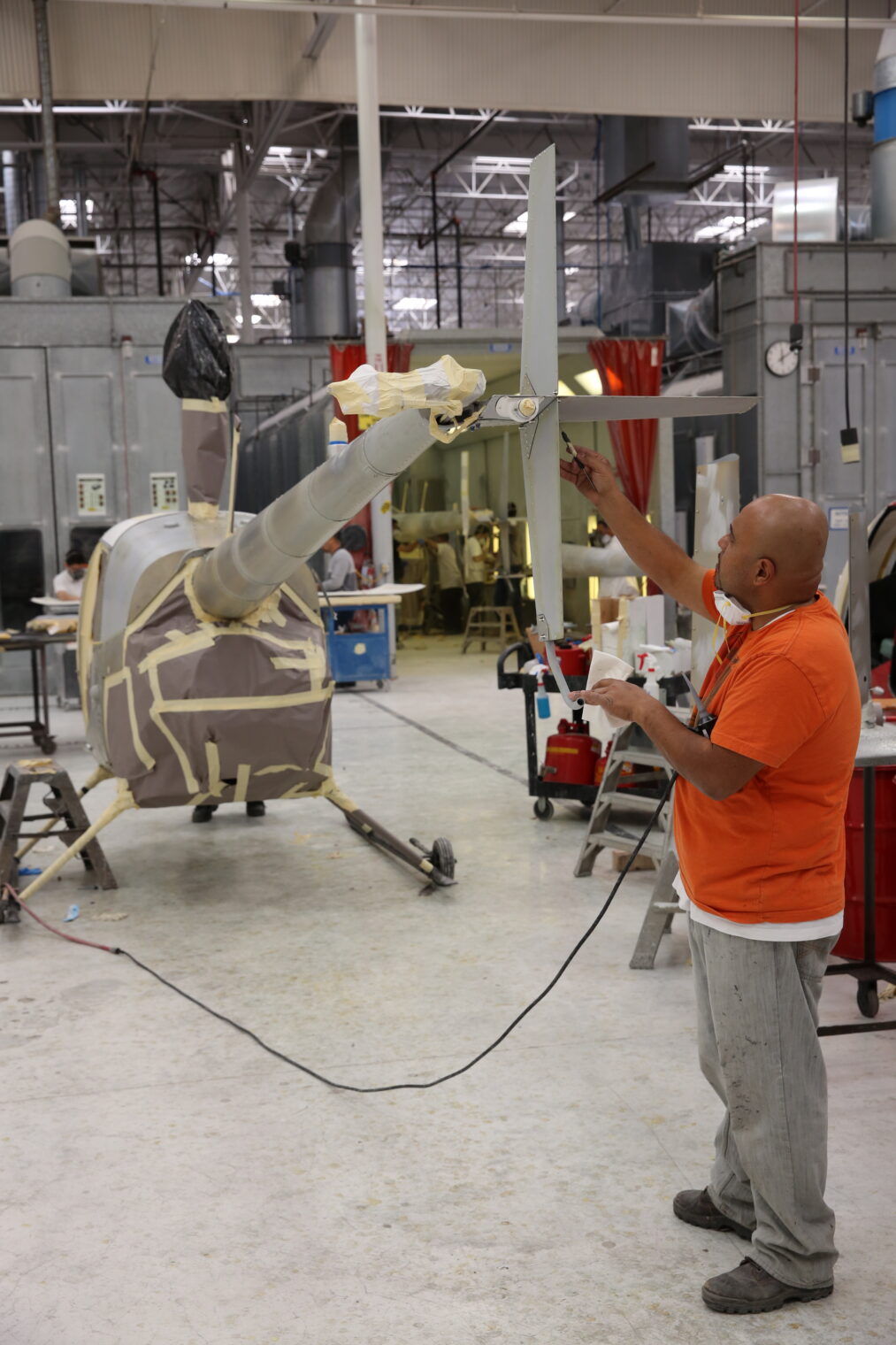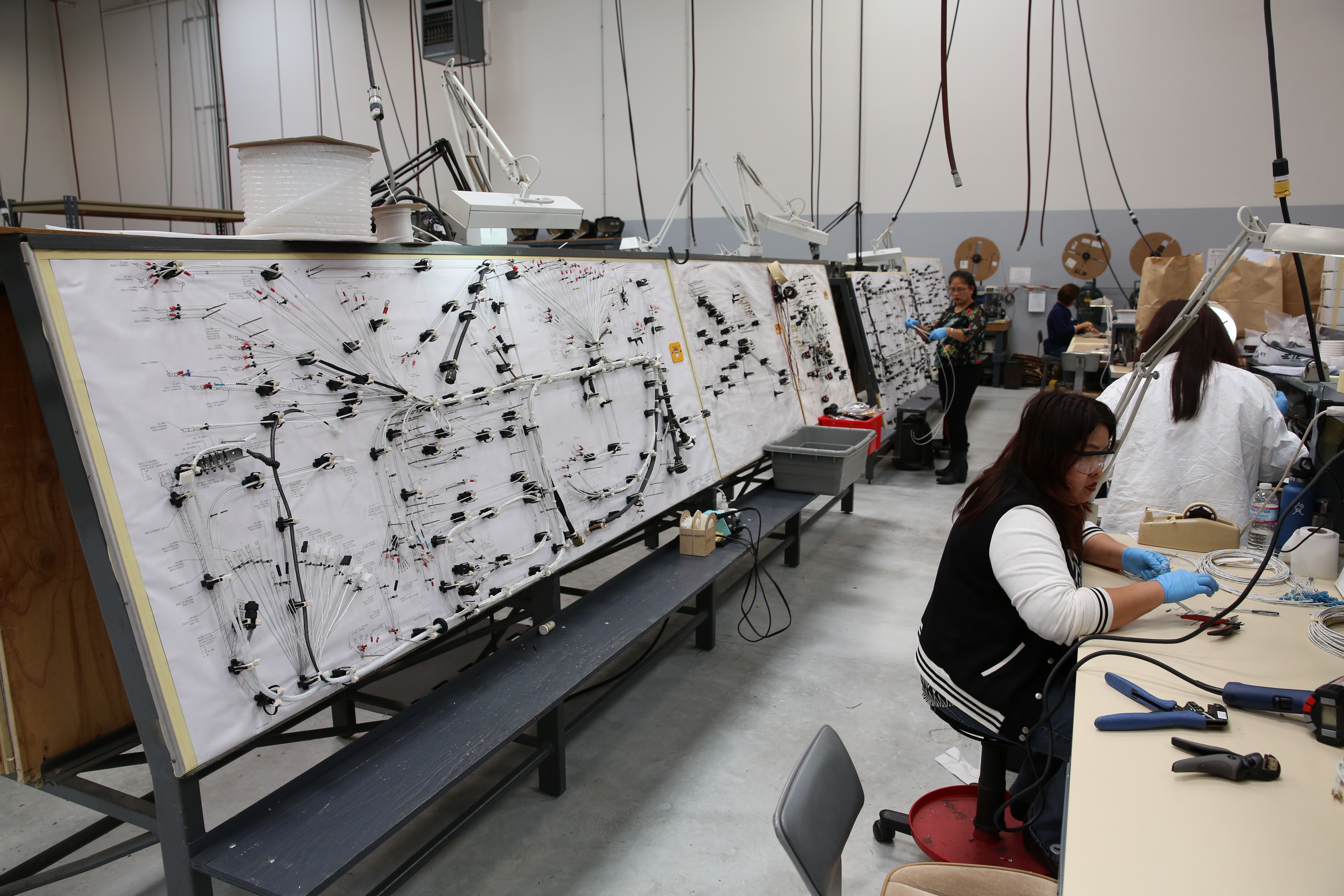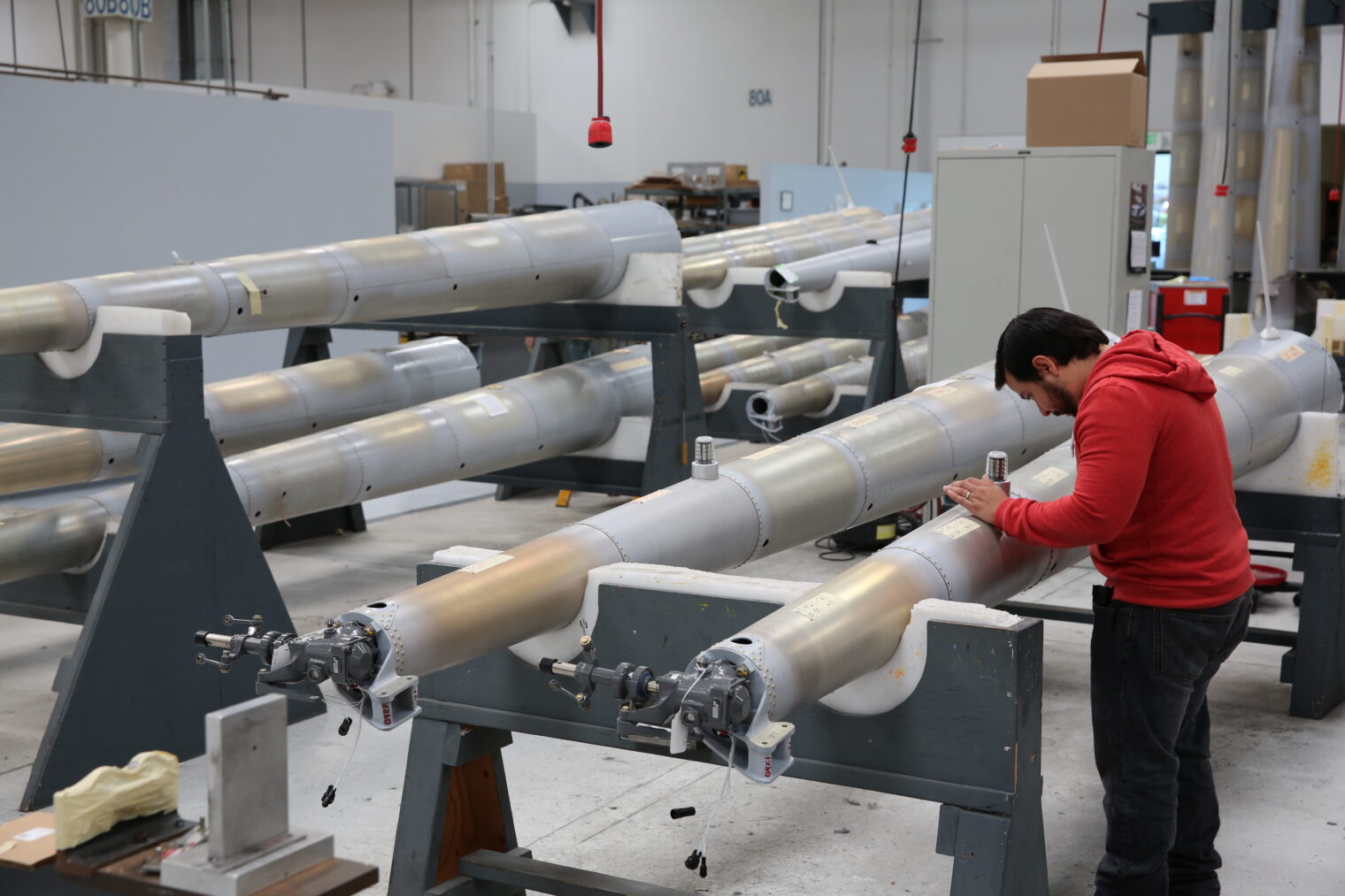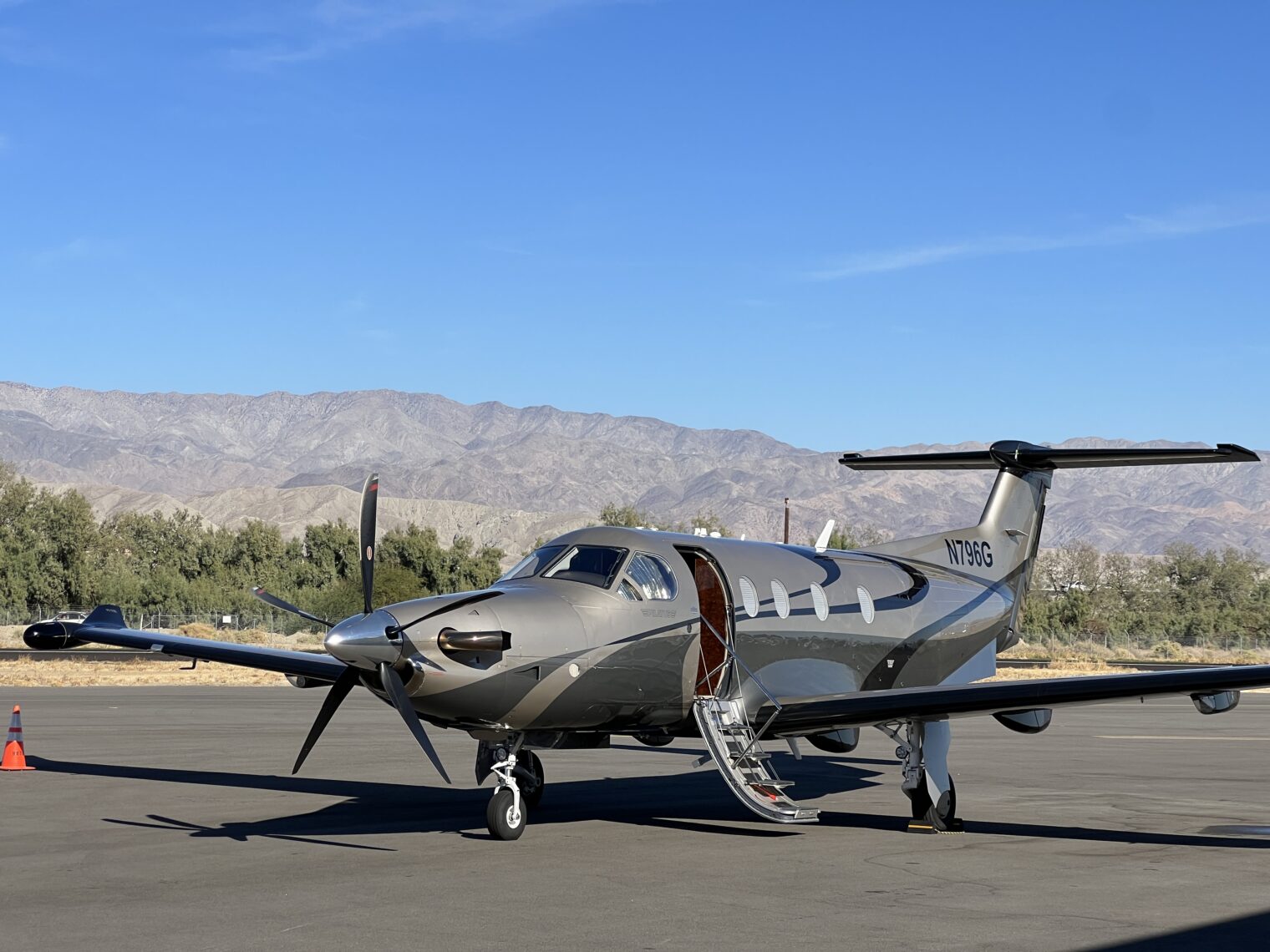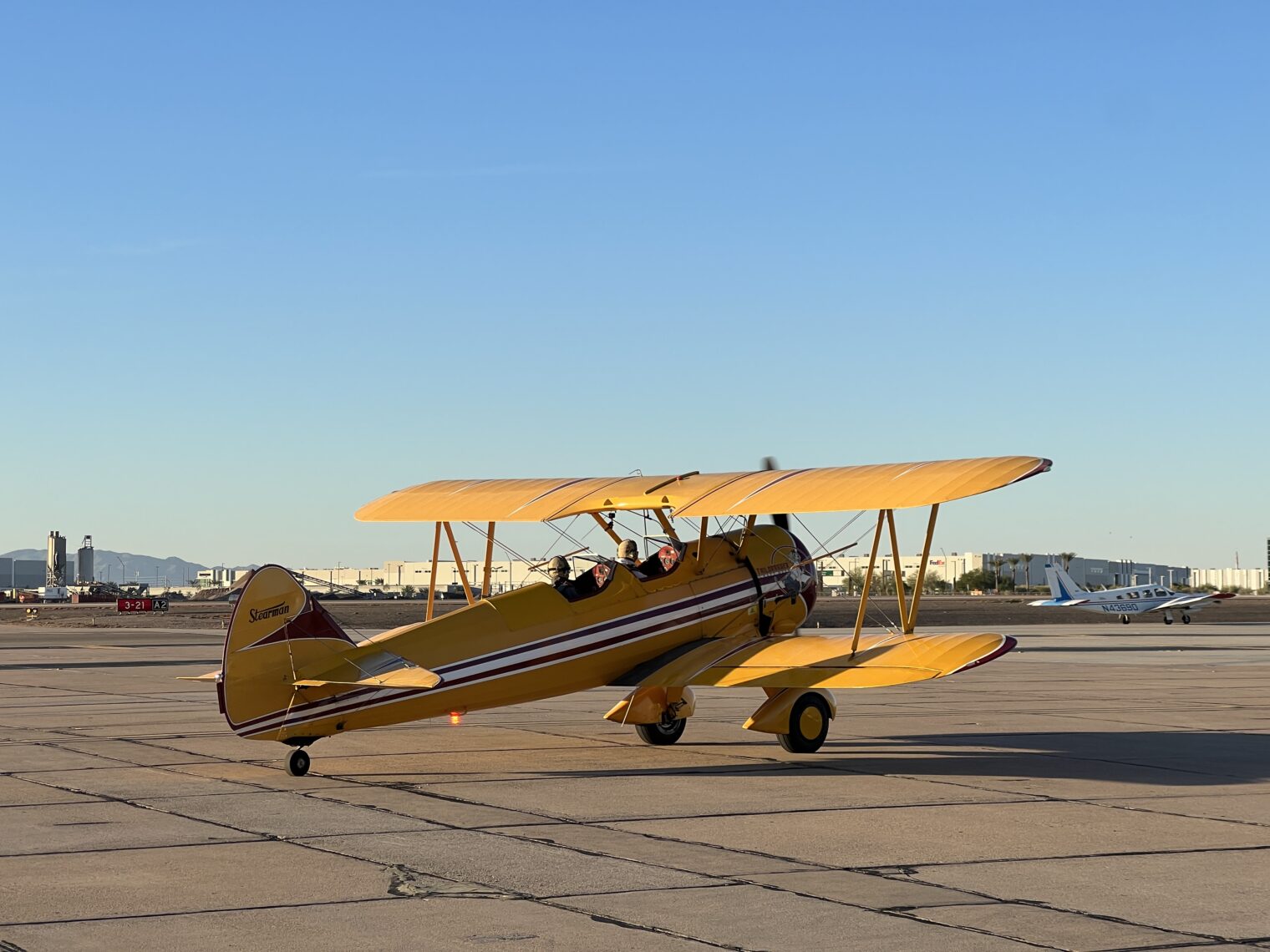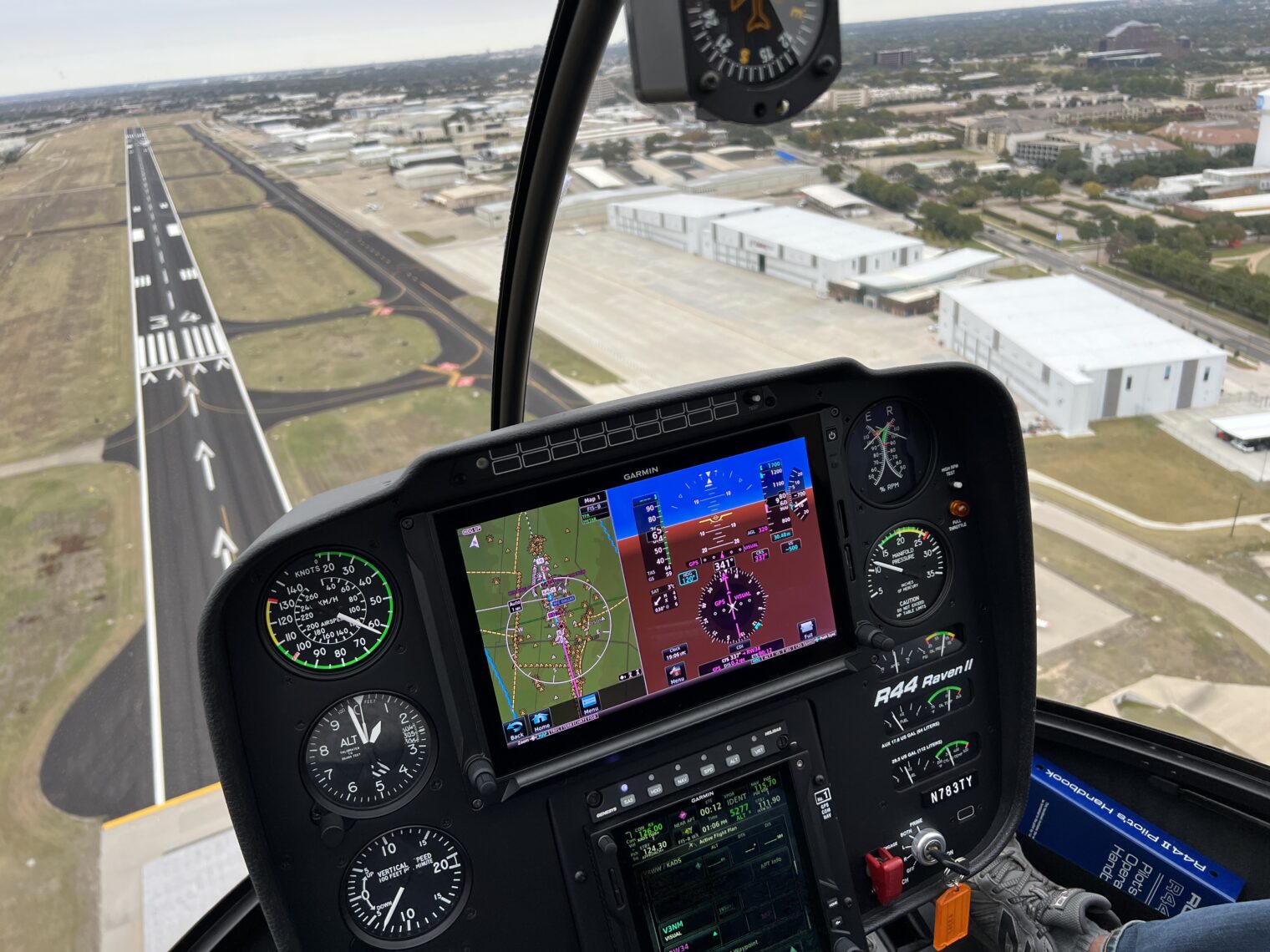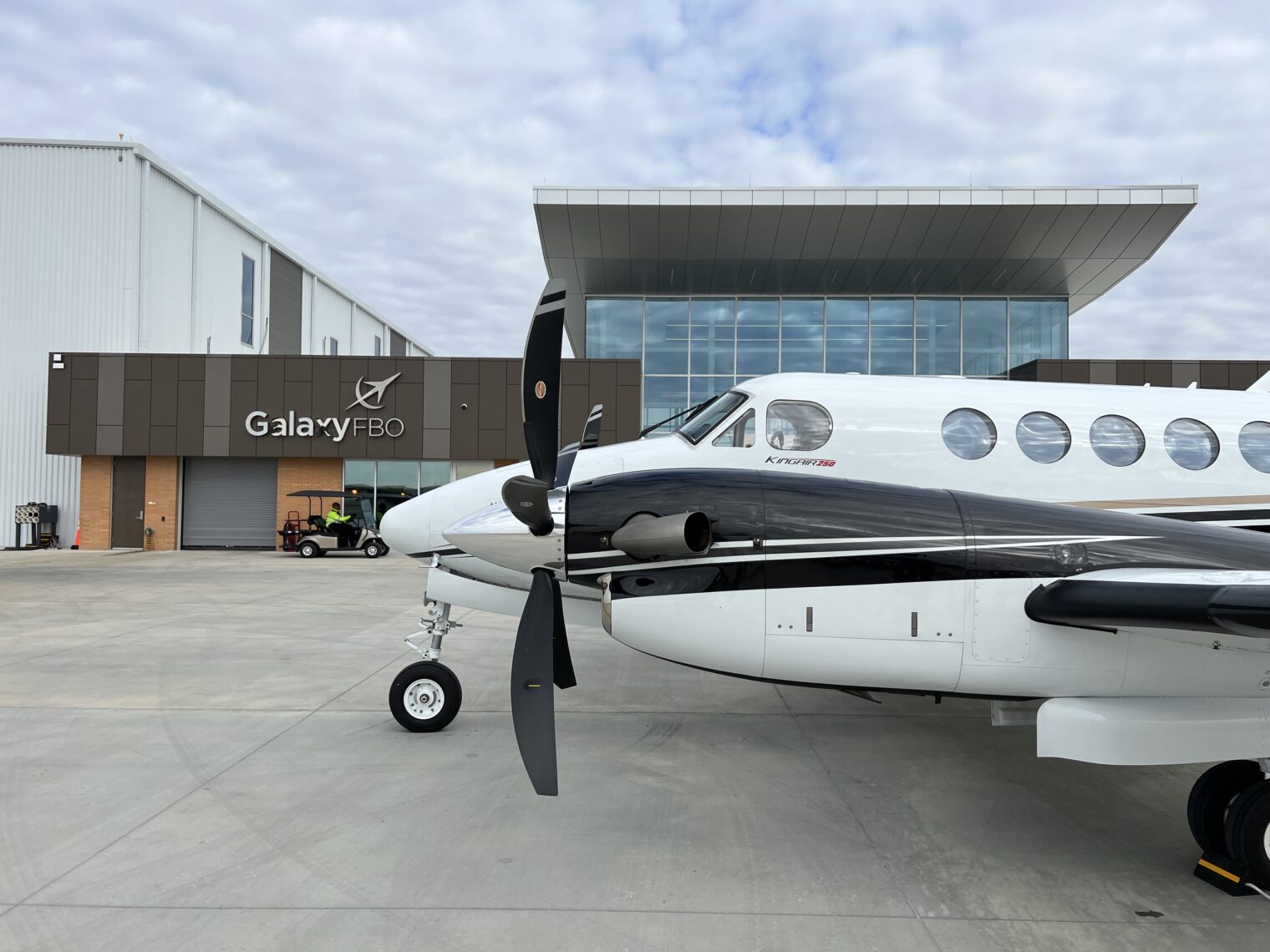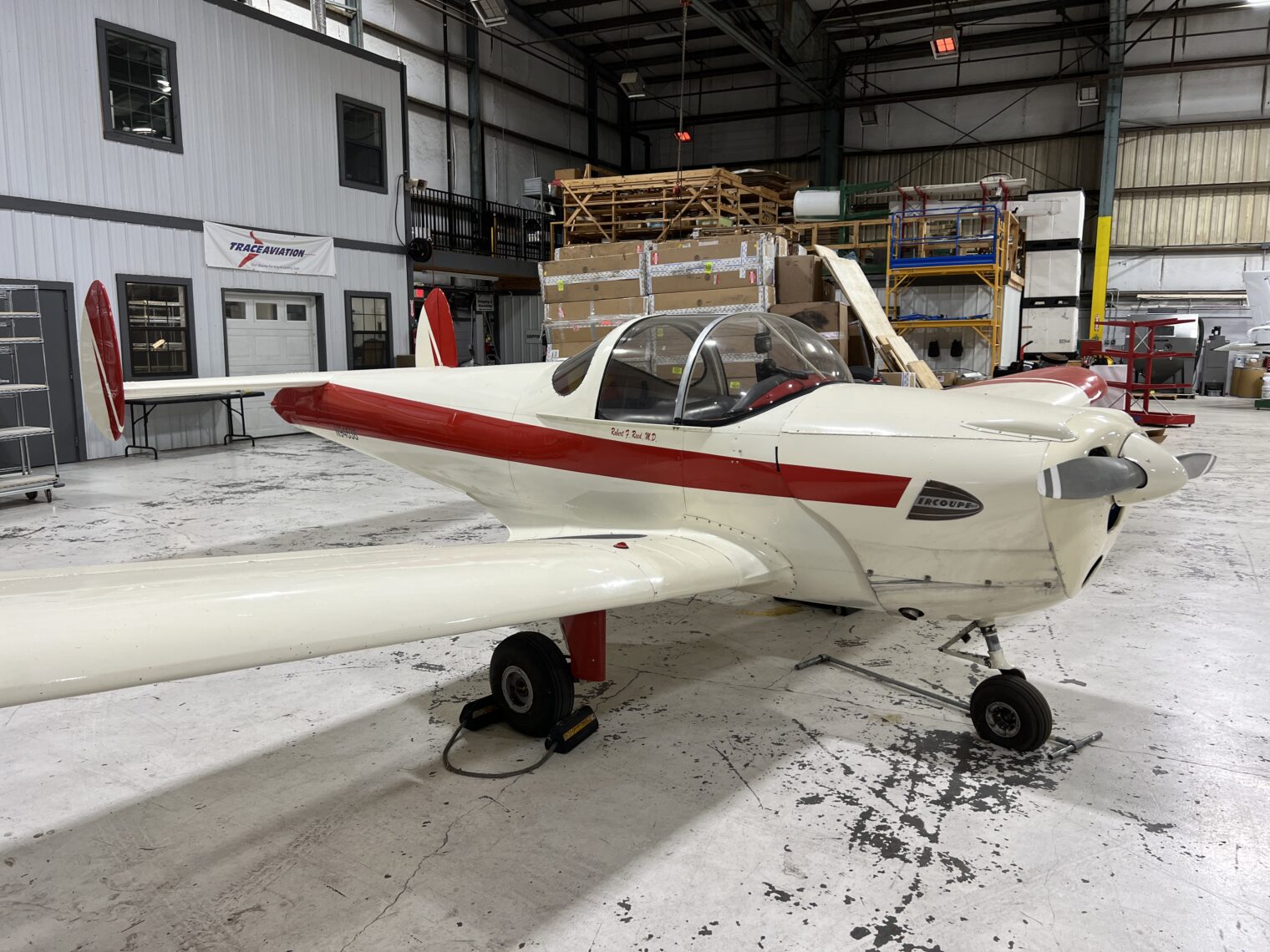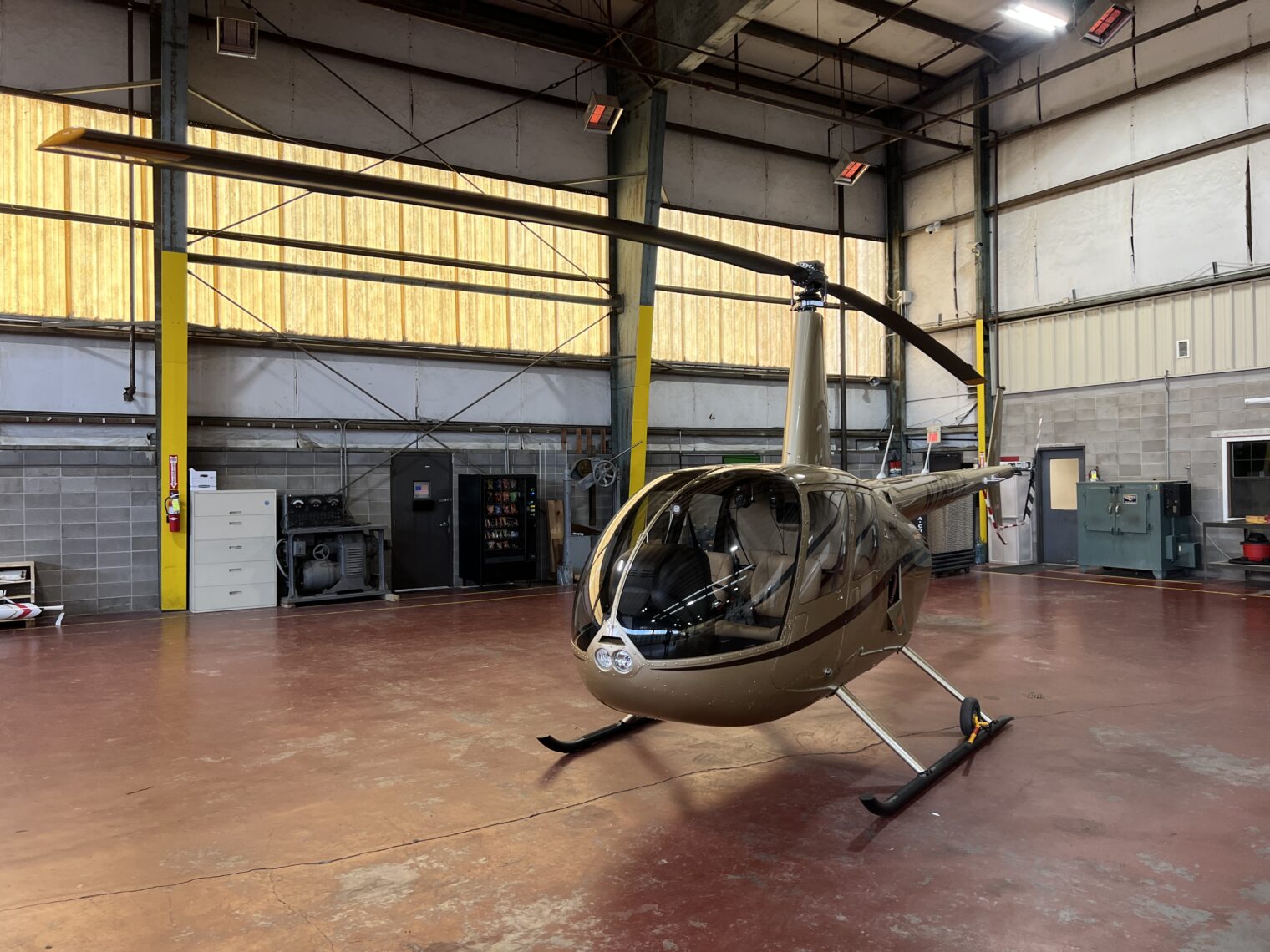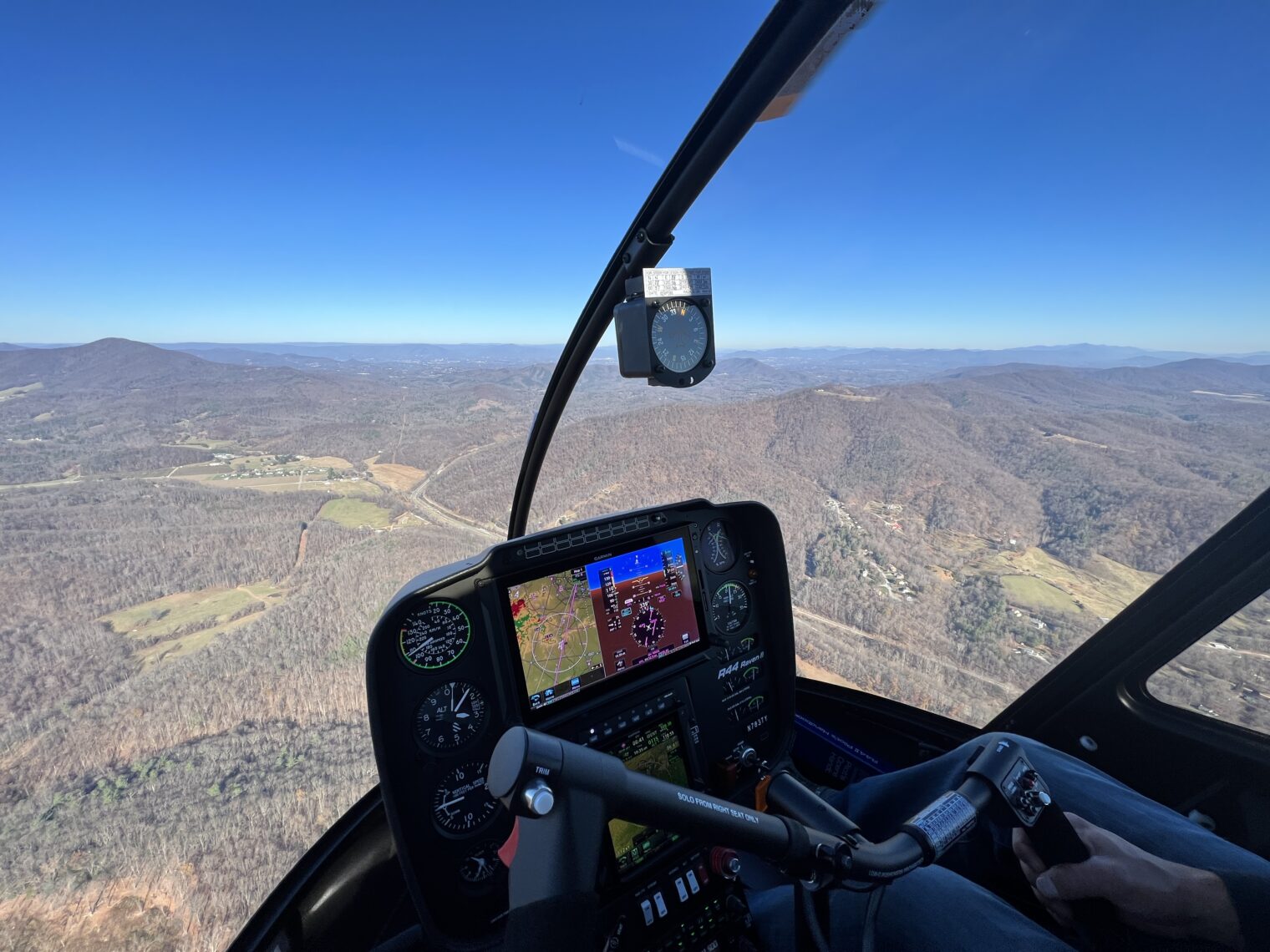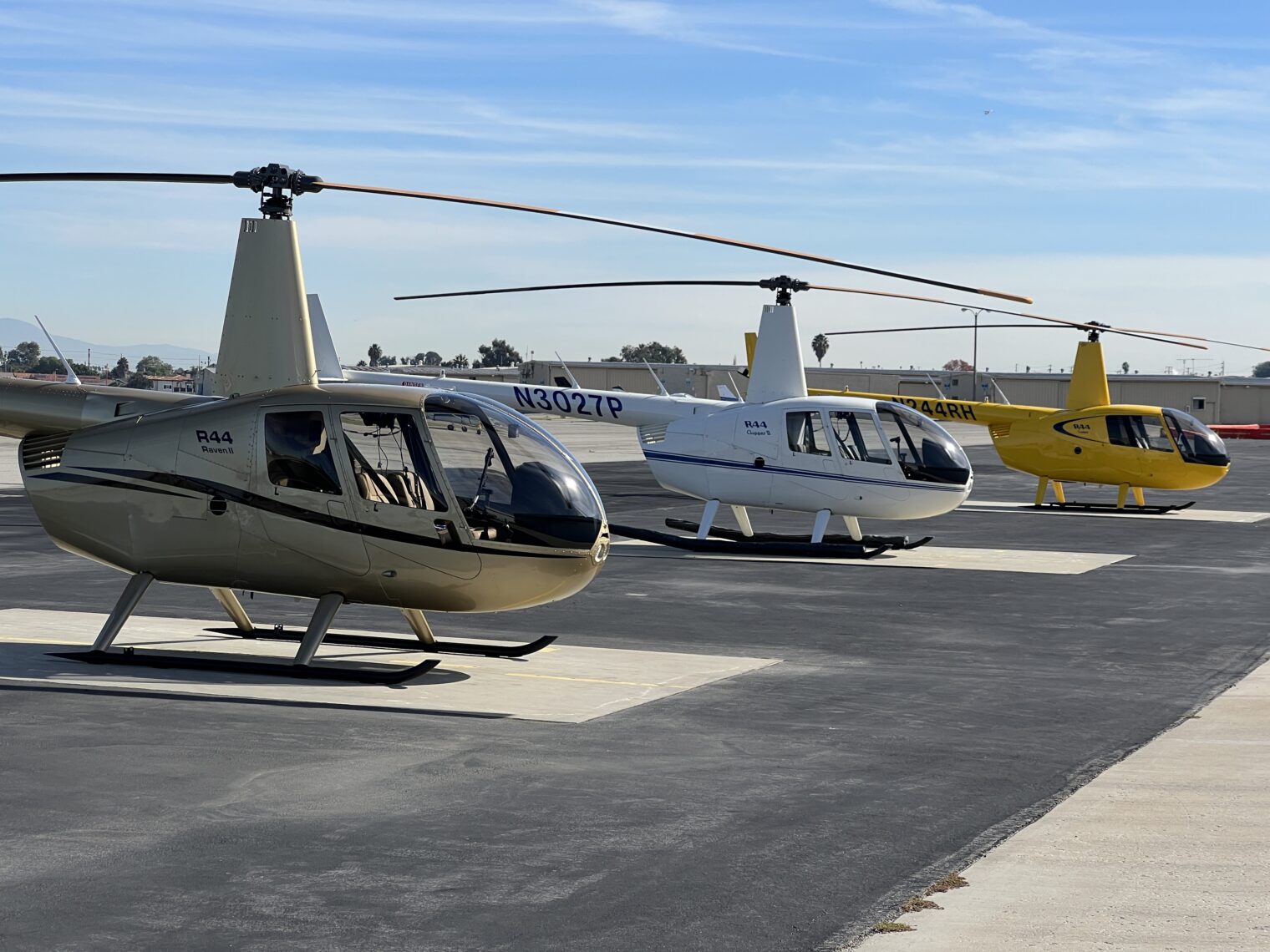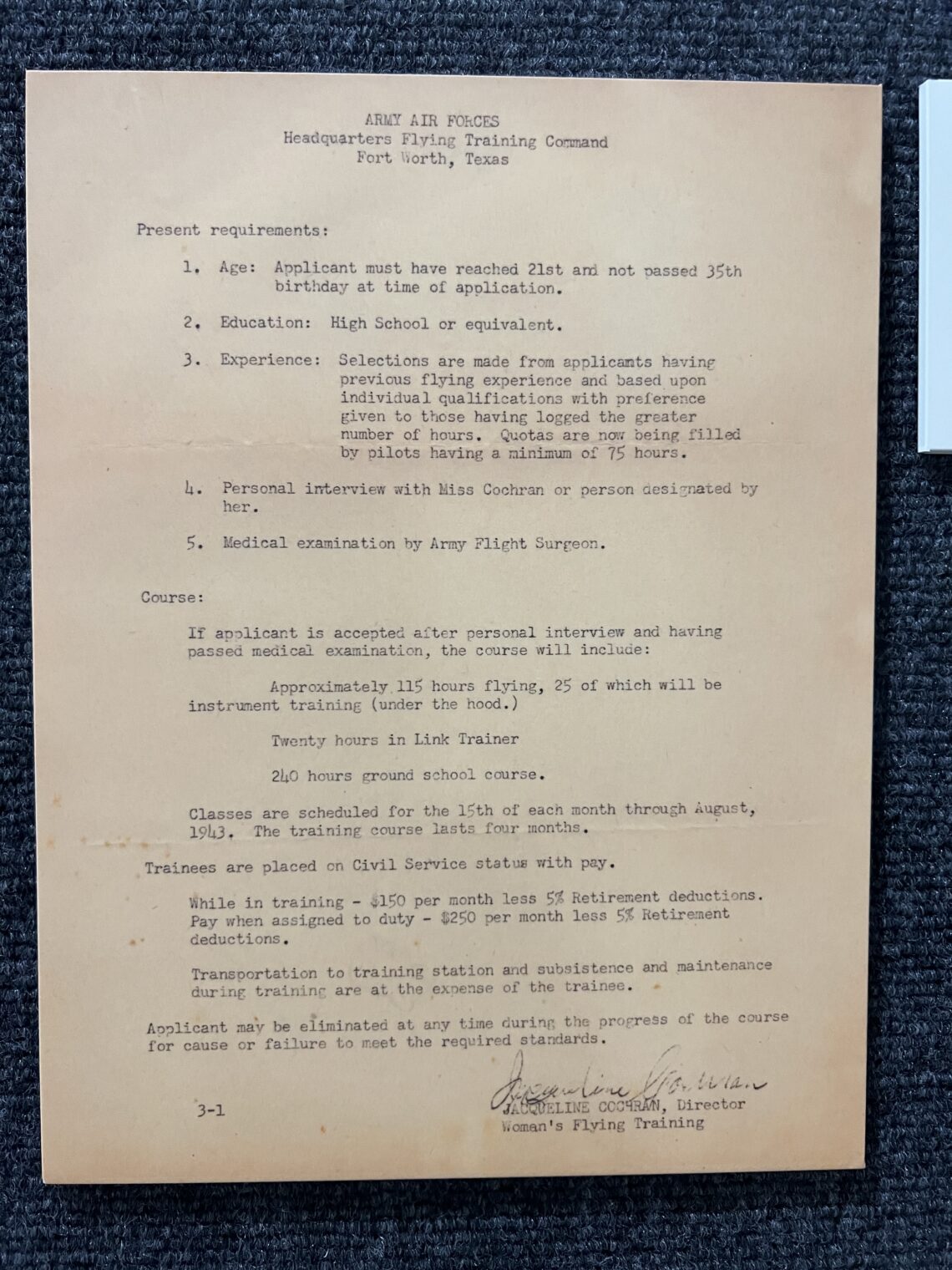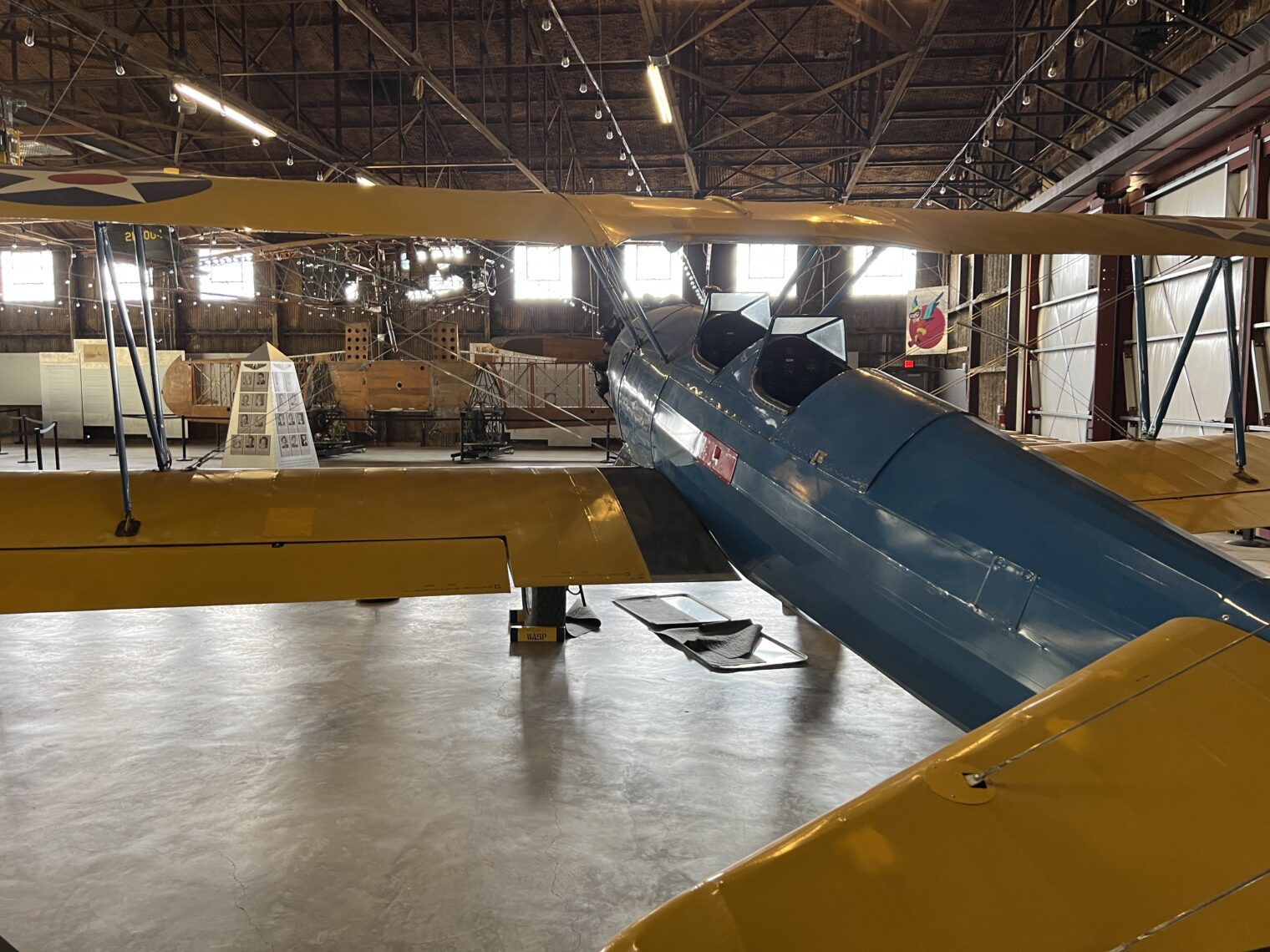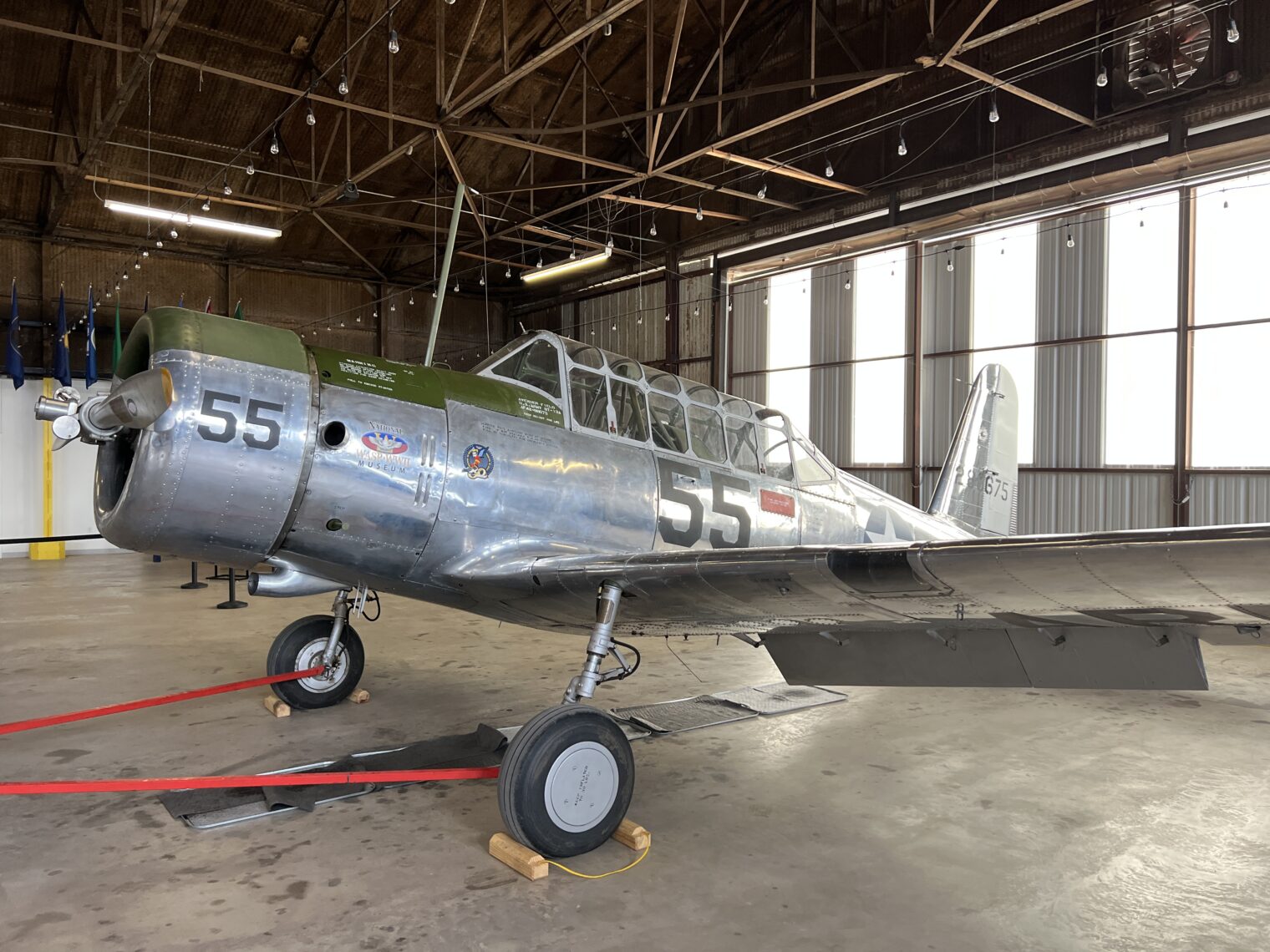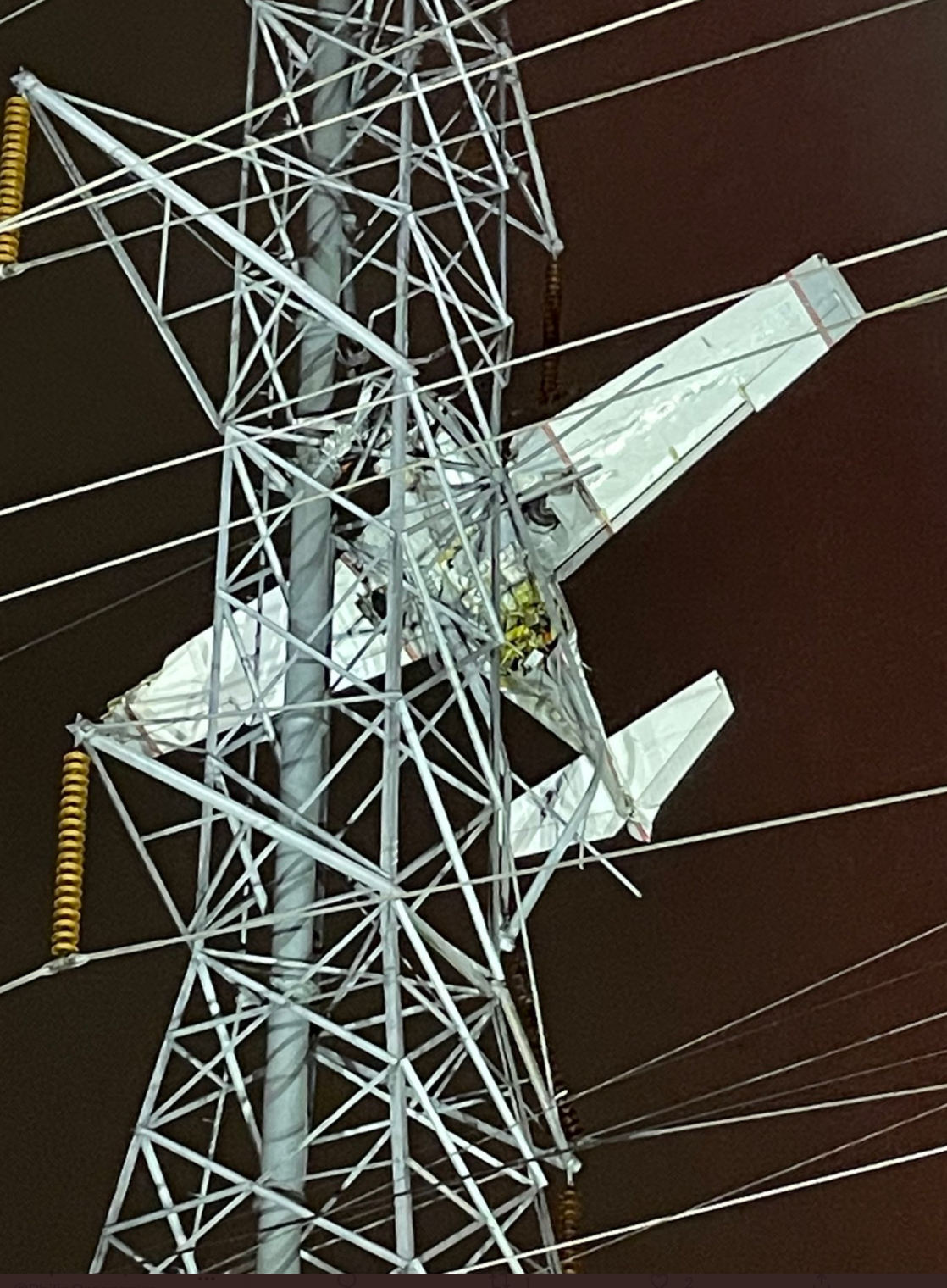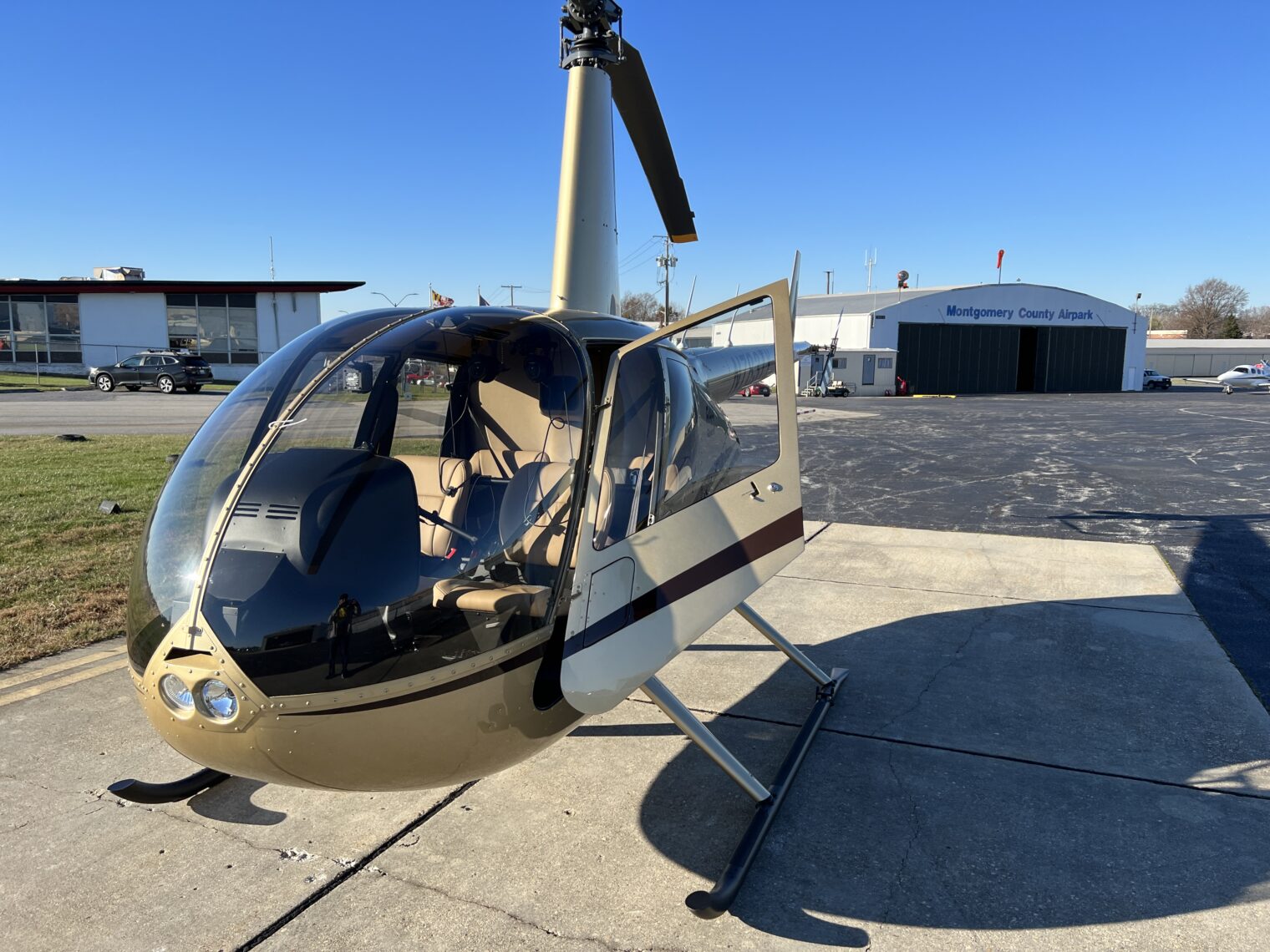Tampa Bay football game guide for pilots
On the last day of Kwanzaa, I decided to pay homage to Tom Brady by seeing him play live. This was only the third time at an NFL game in my life. Once was the New England Patriots at Gillette Stadium, a horrible experience due to cold weather and multi-hour traffic jams. The second game was a recent Miami Dolphins game (previous post). Tampa is far and away the easiest from a logistics point of view. You fly, or get a friend to fly, a small plane to Sheltair TPA. No need to pay ramp or parking fees if you buy at least 16 gallons of fuel (enough for about 270 miles of travel in a Cirrus SR20!). The Sheltair folks will then zip you via minivan through closed-to-the-public airport roads (6 minutes) almost to the stadium front entrance. On the way back you can wait for the minivan or simply walk 30 minutes back to Sheltair.
In order to avoid get-there-itis, I waited until I was on the ground and on Sheltair’s WiFi network before purchasing any tickets (from the Ticketmaster verified resale market). Here are some photos…
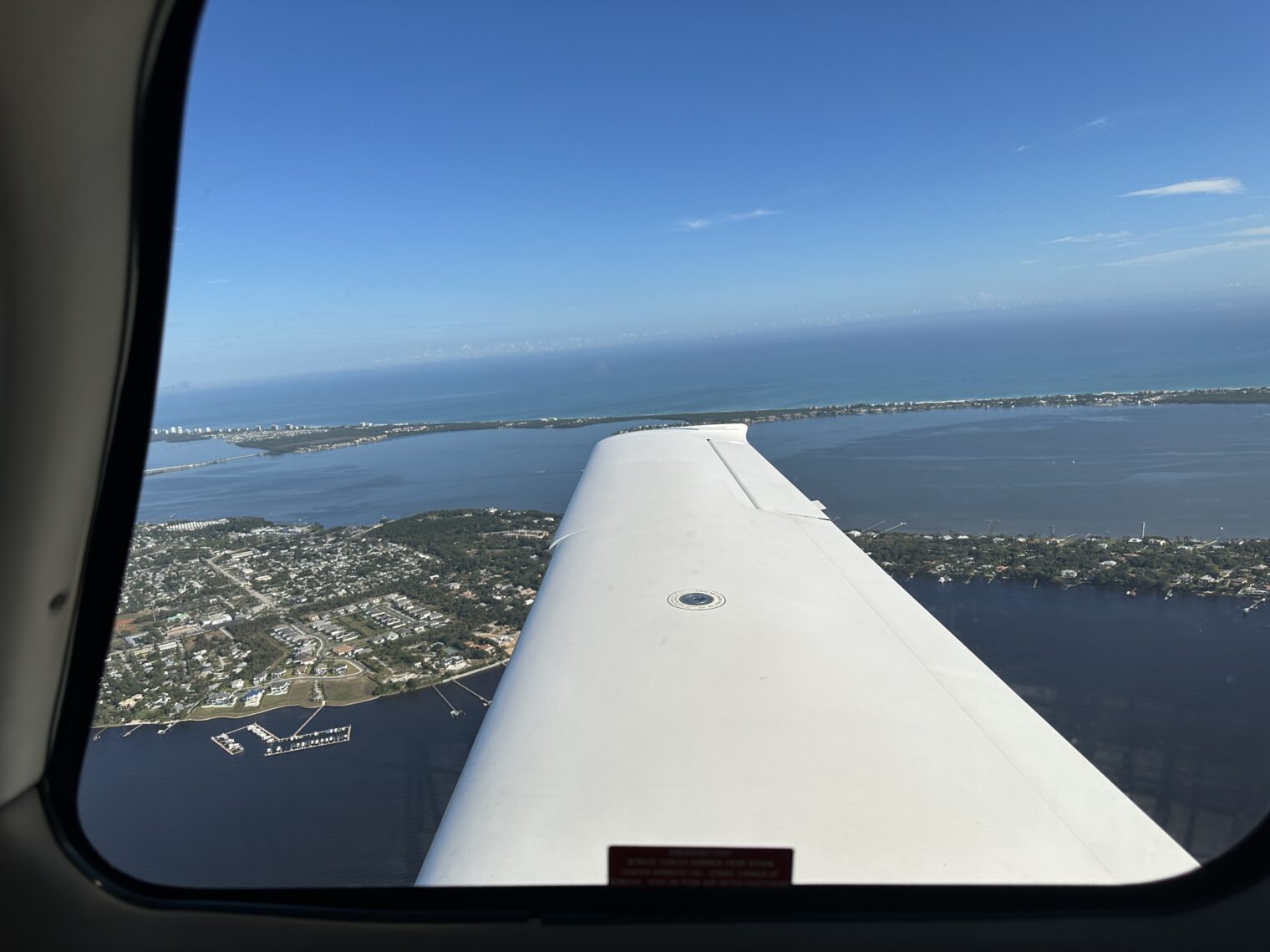

(Note some of the Floridians above wearing long pants as protection against the frigid 75-degree temperature.)
Getting food or drink inside the stadium was a nightmare. If you don’t want to miss the game, put some snacks in your pockets before going in. Here are the lines outside the vendors 30 minutes prior to the game:
You’ll want to be on the west side of the field (the Bucs side) most of the season because then you’ll have the sun at your back.


I asked to see the manager to remind him/her/zir/them that not all of those who nurse identify as “mothers”:


The view from my $250 (including fees) seat:
Our hero of the gridiron and an inspiration to all men who are interested in marrying a woman (“All that you need to do to keep a wife happy is be in better physical shape, have a better personality, and be more successful than Tom Brady”) led the team to victory over the Carolina Panthers, 30-24.


It’s a different and more confusing experience than watching a game on TV. They do show closed captions from the TV broadcast on a screen within the stadium so it is easier to understand what the referees are saying. Or you can bother the expert fan sitting next to you, as I did every 5 minutes: “What just happened?” It’s also loud, so bring earplugs if you don’t want to be exposed to fatiguing levels of noise for 3+ hours (but Miami is much louder due to sound pumped into the stadium electronically; in Tampa the loudness is mostly from the fans).
Head over to the commercial airline terminal to see the giant flamingo sculpture. You can also eat authentic Lu Cai (Shandong) food at an authentic restaurant within this pre-security part of the terminal: P.F. Chang’s.
I was delighted to see that the airport terminal management takes Kwanzaa seriously:


Speaking of Tampa and airports, the city is the home of the young federal court judge who freed Americans from Joe Biden’s unconstitutional masks-in-airports rule (see Forced masking: the 34-year-old judge versus the 79-year-old president).
Loosely related: I rode the FBO minivan with a Bonanza pilot who runs a logistics business. “All the people who were charging huge premiums a year ago are now calling me begging for business,” he said. “Trucking companies call me every day offering capacity at a discount.” From his point of view, the boom economy was over.
Summary: I’m still not a huge live football fan, but a late season game in Tampa is probably as good as it gets. The weather is likely to be dry and 70s. Every time the Bucs score, cannon shots are fired from a pirate ship at one end of the stadium. The fans are loyal and enthusiastic (in Miami, by contrast, it seemed as though at least half of the audience was rooting for the other team).
Related:
Full post, including comments


